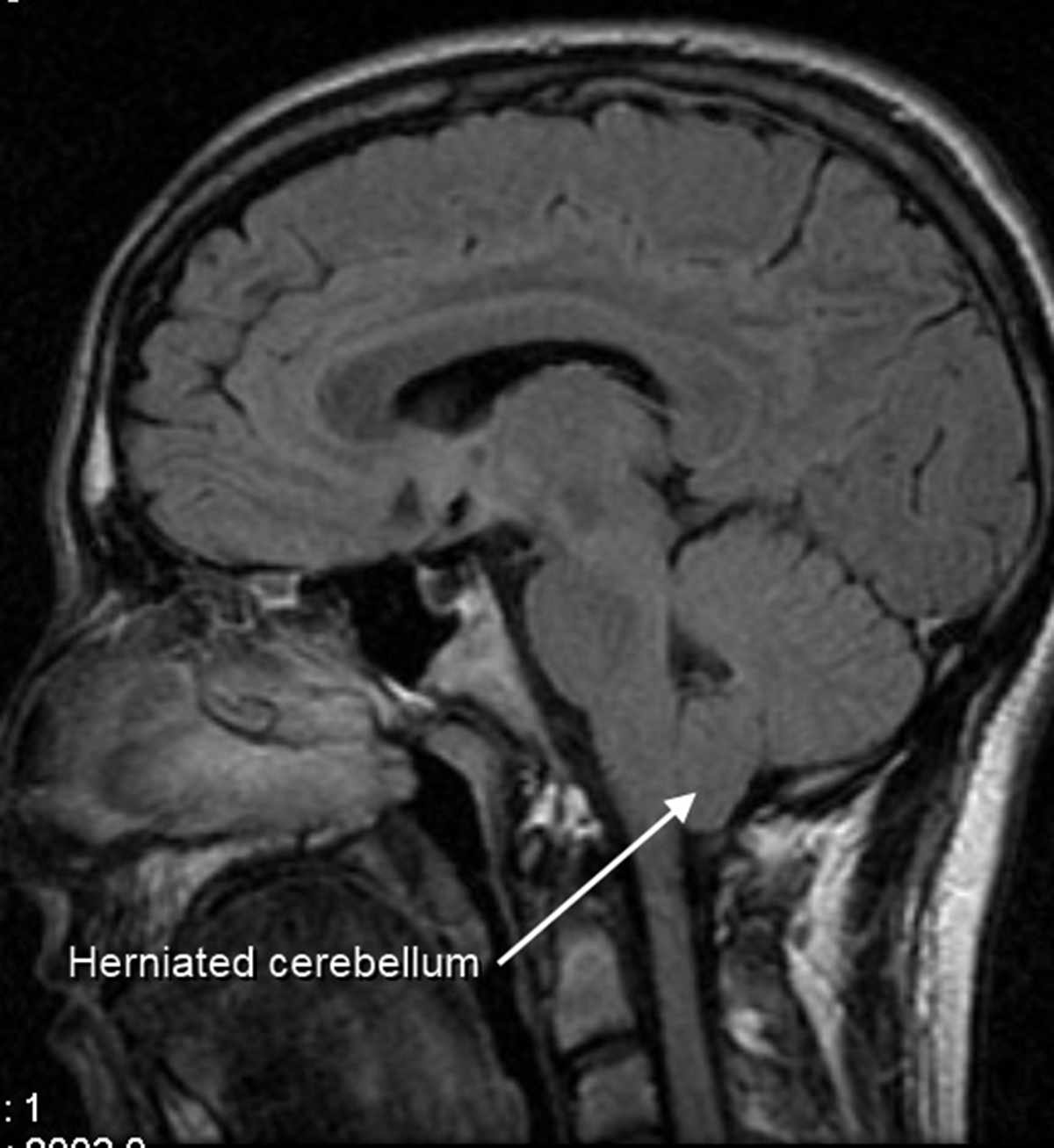
Chiari Malformation - Introduction
Chiari malformation is a medical condition in which brain tissue protrudes into the spinal canal. This is not so frequent disease and it usually occurs because there are certain abnormalities of the skull such as small skull or certain changes in the shape or the skull. There are two types of Chiari malformation. In type I, also known as adult form of Chiari malformation, the symptoms occur as the skull and brain are growing and generally develop in late childhood and adulthood. On the other side, the type II Chiari malformation is congenital which means that it is noticeable at birth.
In this medical condition cerebrospinal fluid accumulates in the brain cavities and this results in hydrocephalus. Displacement of certain parts of the brain additionally causes blockage of cerebrospinal fluid.
Symptoms of Chiari Malformation
The symptoms of Chiari malformation basically depend on the severity of the condition and the actual type of the disease. The onset of symptom in type I Chiari malformation is connected to late childhood and adulthood while congenital type (type II) may be even diagnosed during pregnancy by simple ultrasound.
In type I Chiari malformation, the symptoms include intensive neck pain which may radiate in downward direction and be accompanied by chest pain, balancing problems, unsteadiness while walking, problems with fine motor skills, lack of hand-eye coordination, tingling sensation and numbness of the hands and feet. The patient may stutter, feel dizzy and have problems with vision (blurred or double vision). There are even swallowing difficulties and tinnitus. In severe form type I Chiari malformation may also lead to loss of bladder control, abnormal bending of the spine and breathing difficulties.
Type II Chiari malformation is connected to 'myelomeningocele' or 'spina bifida cystica'. These two represent neural tube defects and result from underdevelopment of the spinal cord. Headaches are the leading symptom of type II Chiari malformation. There is also severe pressure in the back of the head.
Treatment for Chiari Malformation
The treatment for this medical condition depends on several factors including the type, severity and symptoms. Some patients do not require any treatment at all. They are only monitored. Other cases are treated either conservatively or surgically. If headache is the leading symptom patients are given pain killers. In some patients alleviation of symptoms can be achieved by anti-inflammatory and pain-relieving medications. The goal of the surgery is to reduce the pressure on the cerebellum and the spinal cord and restore the normal flow of the spinal fluid.


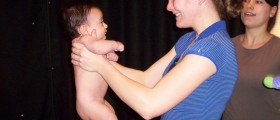
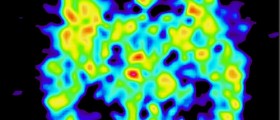
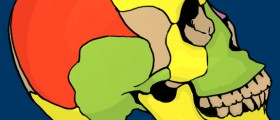


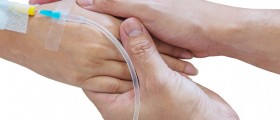
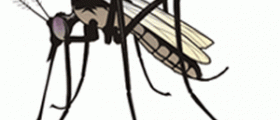








Your thoughts on this
Loading...